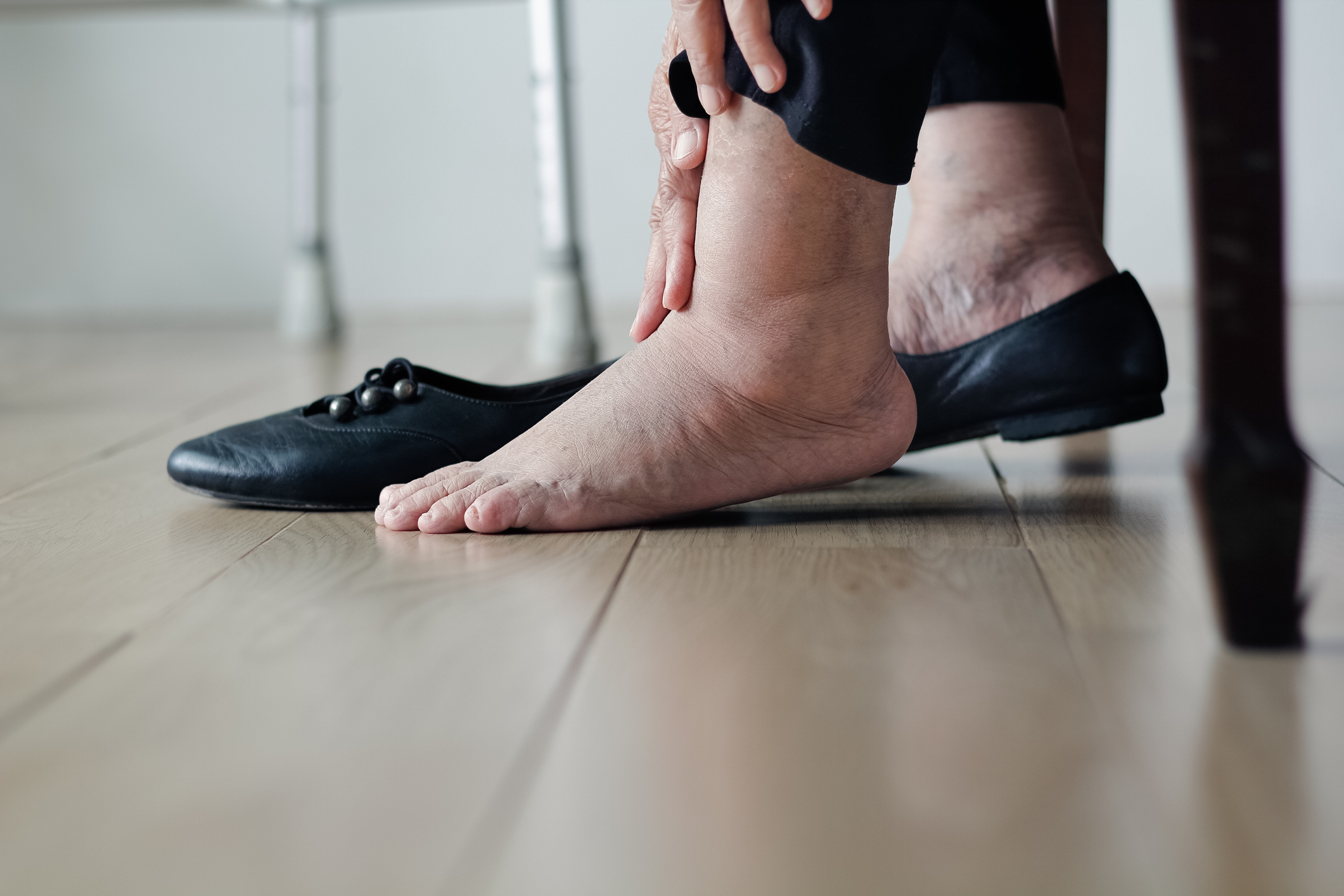
This content was originally produced for audio. Certain elements such as tone, sound effects, and music, may not fully capture the intended experience in textual representation. Therefore, the following transcription has been modified for clarity. We recognize not everyone can access the audio podcast. However, for those who can, we encourage subscribing and listening to the original content for a more engaging and immersive experience.
All thoughts and opinions expressed by hosts and guests are their own and do not necessarily reflect the views held by the institutions with which they are affiliated.
Interviewer: Play along and see if you know the answer for today's "ER or Not" with emergency room physician Dr. Jeffrey Druck. Dr. Druck, are you ready?
Dr. Druck: I am. Let's go, Scot.
Leg Swollen After a Long Car Drive? Could Be Pulmonary Embolism
Interviewer: All right. A person's been on a long car trip, maybe eight to 10 hours driving from somewhere, or maybe been on a plane for eight to 10 hours, and when they get out of the car or the plane, they notice that their leg is swollen more than normal. ER or not?
Dr. Druck: This one's pretty easy, Scot. The answer is definitely, you've got to come into the emergency department.
The brief concern that you have is around something called a deep venous thrombosis, which is a blood clot in the venous system of your leg. And that blood clot can get worse and worse and can actually break off and go to your lungs, where it can cause something called a pulmonary embolism, which can actually be fatal if it's not treated appropriately.
And so this is one of those things that you definitely want to make the diagnosis, and the way that you make that diagnosis is by doing an ultrasound of the leg to look and see if there's a clot there.
Now, I will tell you that sometimes the emergency department doesn't have the staff to do the ultrasound at that time, but they'll make the assessment of whether or not you need to be on blood thinners immediately until you can get that ultrasound done.
If you do end up going to urgent care, I also guarantee they're going to send you straight to the emergency department because they don't have the capability to do that ultrasound at all.
Interviewer: And on this swollen leg, is it generally just one, or both, or does it matter?
Dr. Druck: Usually, it's just one leg. It's the kind of thing that happens on one side versus another. There are some risk factors that make you a little higher risk. So, for example, if you're on hormone therapy, if you have had a recent surgery, or if you have a history of cancer, those all make you a higher risk for developing a blood clot.
That being said, the treatment for this is pretty easy nowadays, where they use blood thinners to keep someone from developing further clots, and then the body breaks down the clot that it already has.
Prolonged Sitting and Blood Clot Formation
Interviewer: And what causes this? Why, after somebody's traveled for a certain amount of distance, not moving around, does all of a sudden the leg swell and you have a higher risk of a clot, and maybe a pulmonary embolism?
Dr. Druck: Yeah, so part of the problem with sitting for a prolonged period of time is that as you sit, your blood just sort of pools and sits there also, and has a higher chance of clotting on its own.
Now, that being said, this isn't the kind of thing that you get from just sitting behind a desk, or if you're at the ball game for a couple of hours, or anything like that. This is usually 8, 10, or 12 hours in a row when you'll see that this occurs. And it's with people who don't spend the time getting up and getting around.
And that's why one of the things that we always tell people is that on long car trips, break it up with some time to walk around. If you're on a long plane trip, make sure you take a couple of walks up and down the aisle. But you want to make sure that you still keep your blood flowing as you're going on these long trips over the summer.
When It's Time to Go to the Emergency Room
Interviewer: Well, this one sounded pretty easy, but we still need to do it. Final diagnosis, ER or not, your leg is swollen after a long trip.
Dr. Druck: This one definitely warrants a trip to the emergency department. Definitely, the risk is too high not to come in.
updated: July 18, 2024
originally published: June 16, 2023
Is it really an emergency?
ER OR NOT?